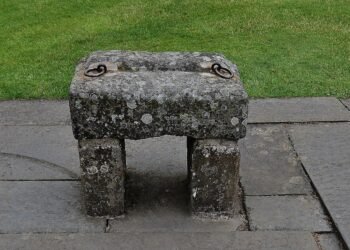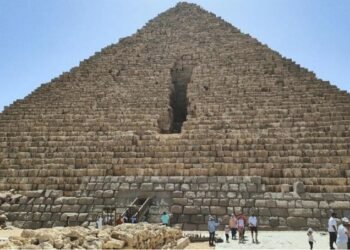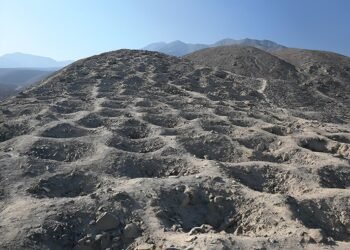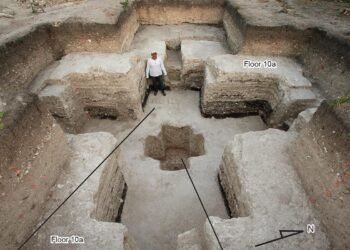Scholars have argued about how money started for hundreds of years, with two main ideas attempting to explain where it came from. The first one, called the “money as commodity” idea, says that money started to fix the problems with bartering, allowing people to exchange goods more easily. The second one, known as the “chartalist” or “money as credit” idea, suggests that money was introduced by states to standardize taxation and tribute payments. But a new study by archaeologist Dr. Mikael Fauvelle, which was published in the Journal of Archaeological Method and Theory, offers a third way of looking at it: money originated primarily to facilitate long-distance trade between strangers, a concept he calls the “trade theory of money.”
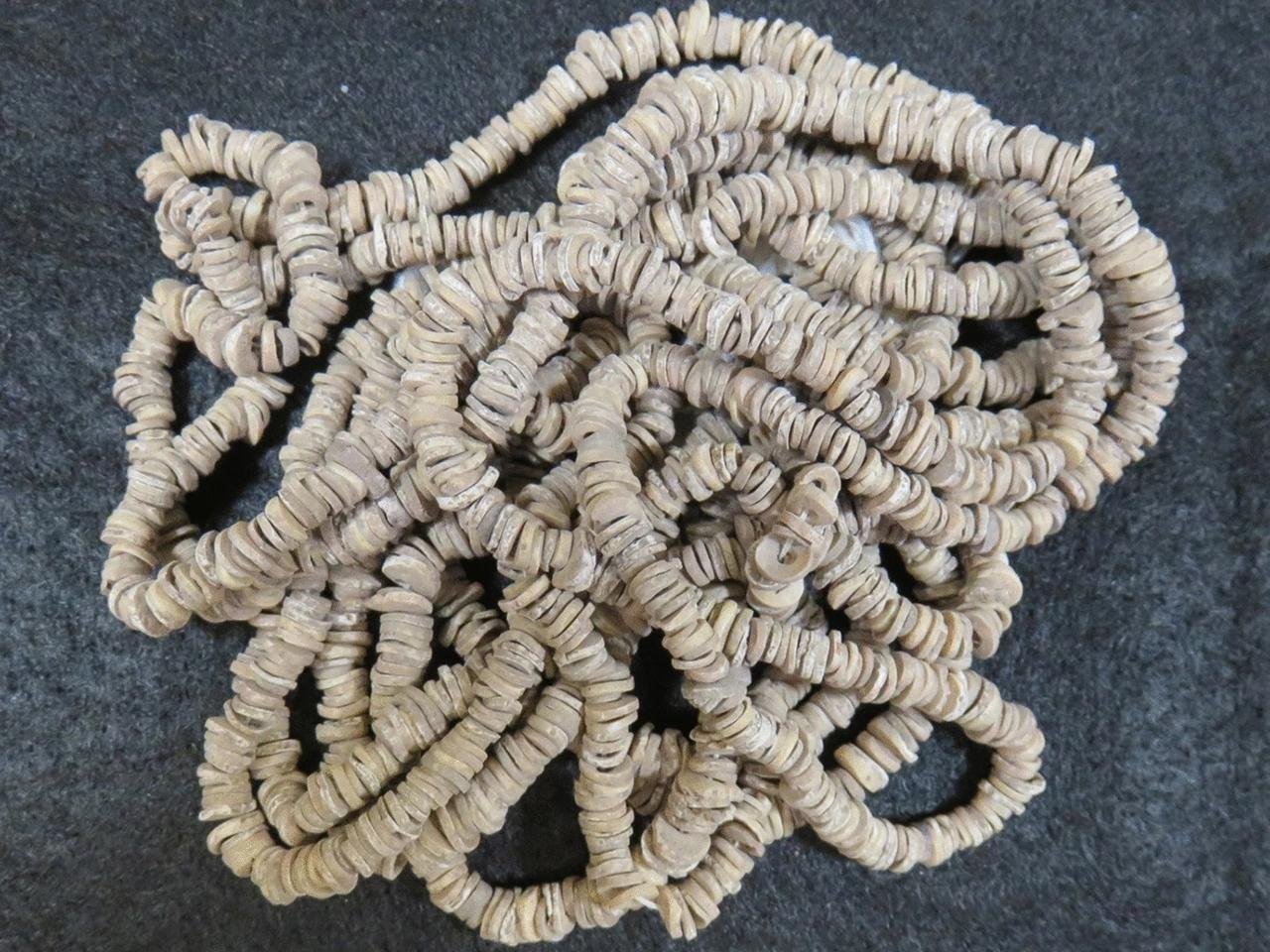
The “money as commodity” theory suggests that money developed as a medium of exchange to overcome the limitations of barter. As the principle of barter involves the “double coincidence of wants,” both parties engaging in the transaction would need to have what the other party desired. People like Aristotle and economist Carl Menger argued that the process of selection in such a scenario favored valuable, durable, and practical items, most often metals, for becoming money. However, ethnographic and historical studies have cast doubt on the existence of pure barter-based economies. The majority of experts today regard barter as a “myth.”
The “chartalist theory,” on the other hand, argues that states created money as a unit of account, to collect taxes and spend government funds. People like Georg Friedrich Knapp pushed this idea, and later on, anthropologist David Graeber added more to it. This theory highlights the role of central authorities in defining and controlling monetary systems. However, critics point out that this model fails to explain how money functioned in pre-state societies that did not have formal taxation or a system of tribute.
Dr. Fauvelle proposes a fresh option. He argues that money did not originate solely from within communities or through state control but instead emerged as a tool for long-distance trade. In pre-state societies, trade networks often extended across vast distances, requiring interactions between groups with different languages, customs, and economic practices. In such situations, trust-based systems of delayed reciprocity were insufficient, which increased the demand for a widely accepted, portable medium of exchange.
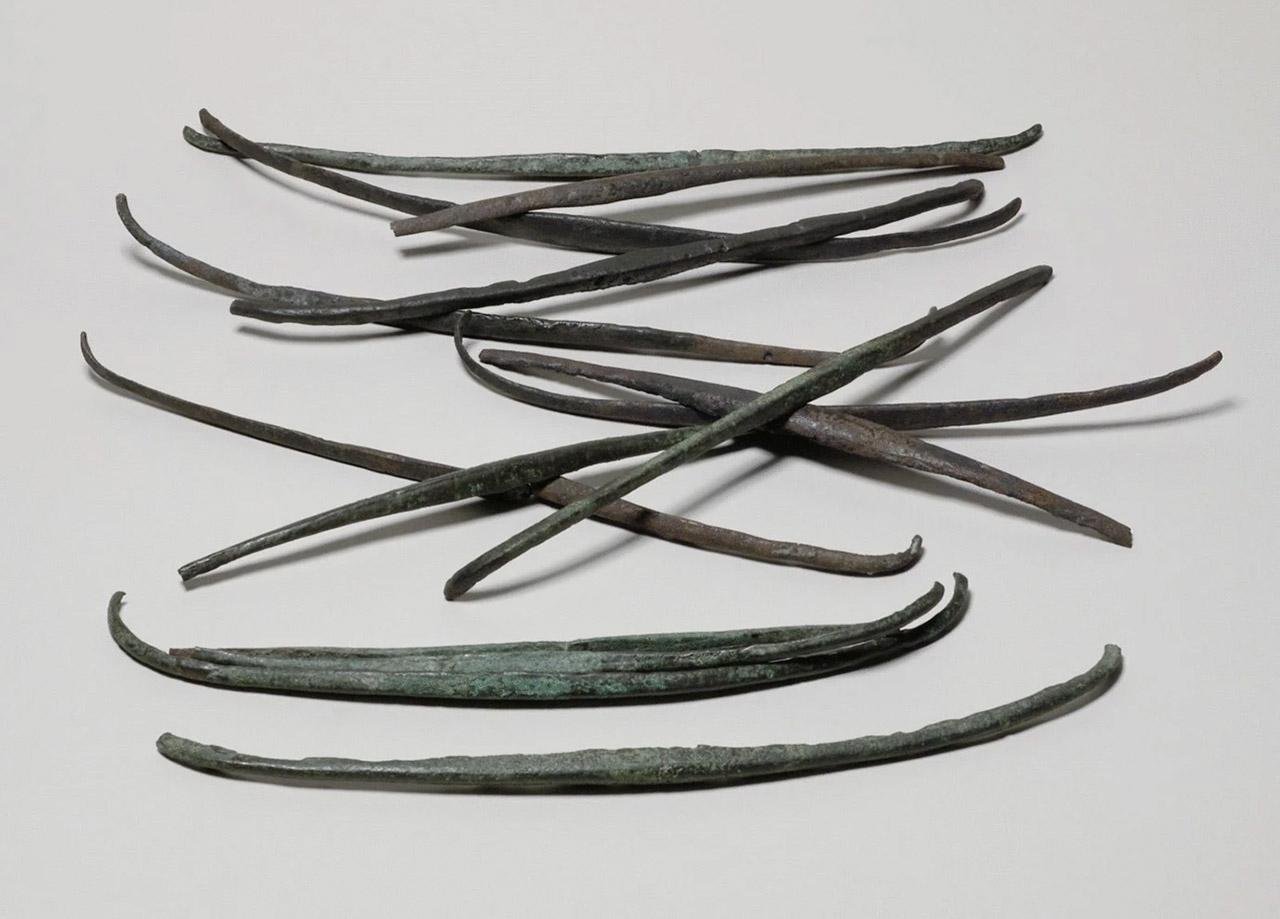
To back his argument, Fauvelle examines two well-documented cases: Native American shell beads as currency in pre-Columbian North America and the role of bronze ingots as currency in Bronze Age Europe.
Indigenous societies in California and the surrounding regions used shell beads as money for well over 1,000 years before European contact. These beads were produced in the Channel Islands and were generally accepted for making payments in goods, services, and other social obligations, such as the settlement of debts and ritual exchanges. Spanish explorers documented extensive trade networks in which travelers transported shell bead currency over great distances, from the Pacific Coast to the interior regions of North America.
The beads were both valuable and consistently produced, with uniform craftsmanship, making them an effective medium of exchange. This allowed for transactions to take place between different groups, eliminating the need for direct barter, and thus enhancing economic efficiency. Further, the higher tendency toward using shell beads as currency coincided with the emergence of regional chiefdoms, suggesting that trade wealth contributed to social stratification.
A similar trend has also been established in Bronze Age Europe. In this case, bronze and copper ingots conspicuously served as the medium of exchange. Archaeological evidence suggests that these materials circulated widely, linking trade networks from Scandinavia to the Mediterranean. Bronze rings and axes were often standardized in weight, indicating their function as proto-money.
Fauvelle explains, “The use of money would have greatly increased the efficiency of long-distance exchange systems and would have likely led to increased levels of inter-regional interaction. This, in turn, could have funneled more wealth into the hands of regional elites.”
He argues that money likely emerged independently in multiple regions for different reasons—sometimes as a tool of state control, but often as a practical innovation driven by the need to trade with strangers.
Dr. Fauvelle’s “trade theory of money” does not reject traditional theories outright but rather integrates elements of both, acknowledging interregional trade. He argues that money likely emerged independently in multiple regions for different reasons—sometimes as a tool of state control, but often as a practical innovation driven by the need to trade with strangers.
His study opens the door for further research into the origins of money in other pre-state societies.



